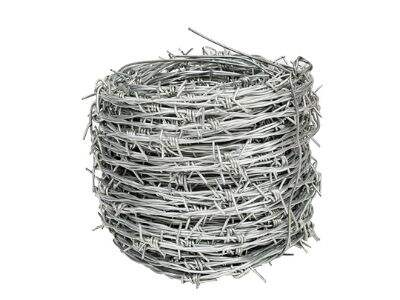When you want to produce fruits and vegetables in your garden, you probably think about how to grow some good food on it. The most common are raised garden beds or planting in the ground. Both ways have their pros and cons. In this text we will explore the advantages of raised garden beds, weigh the pros and cons of growing in the ground versus in elevated beds, and share tips to help you grow more food with raised garden beds.
How Raised Garden Beds Can Help You Have a Bountiful Harvest
Raised beds are essentially large boxes that contain soil and plants that are above the ground. They can be of wood or metal and can be placed anywhere in your yard. The drainage is one of the most significant advantages of the raised garden beds. This means that surplus water can drain out, preventing your plants from getting too soggy. Because raised garden beds also warm up more quickly in spring, you can put in your fruits and vegetables sooner. Also, being above the ground makes it easier to work in them, easier on the back and knees.”
Planting in the Ground Compared
Traditionally plants are grown by planting in the ground. One huge advantage is that it allows your plants to stretch out their roots deep, accessing more nutrients and water. Growing in ground is also easier to start, as you simply dig a hole and deposit your seeds. But it is not without some drawbacks. The soil in your yard doesn’t always drain well — plants can get too wet. Planting in the ground also requires more bending and kneeling, which can be rough on your body.
Elevating Your Garden with Raised Beds
If you plan to grow a as much food as you can, wire fences are probably the path for you. They can grow larger and healthier plants, which means more food for you. Raised garden beds warm up sooner in spring, so you can plant your fruits and vegetables earlier, allowing for more growing time. They also help keep weeds and bugs at bay, which helps keep your plants healthy. It’s not raining on your crops, for one thing.
How to Get More Out of Raised Garden Beds
If you decide to use corrugated galvanized metal, here are some tips to help you grow more food. First, site your raised garden beds in a sunny location, as most fruits and vegetables require six or more hours of sunlight a day to thrive. Second, fill yours with good soil to provide nutrients for your plants. Finally, be sure to water frequently, as raised beds can dry out more quickly than in-ground planting. Finally, consider applying mulch to your raised beds to retain moisture and prevent weeds.
Benefits of Raised Garden Beds
Finally, barbed wire fence offer numerous advantages to help you maximize your growing space. They drain better, warm up faster in the spring and are easier to work with. You can also grow more food in raised garden beds. While there are advantages to planting directly in the ground, raised garden beds might be a better option if your goal is to grow big, healthy fruits and vegetables in your yard. Raised garden beds are a great method to have a bounty of wonderful fruits and vegetables all throughout the season!
Bottom line — raised garden beds are a great strategy for growing more food. They drain better, warm up sooner in the spring, and help control weeds and bugs. These are some simple steps you can take to ensure that your raised garden beds are up and running for success. So if you want to have a cornucopia of fruits and vegetables in your yard, consider raised garden beds to help you build the garden of your dreams!
/components/head/pics/ico-email.png)









































/components/head/pics/down.png)
/images/share.png)

/components/foot/pics/gotop-email.png)
/components/foot/pics/gotop.png)